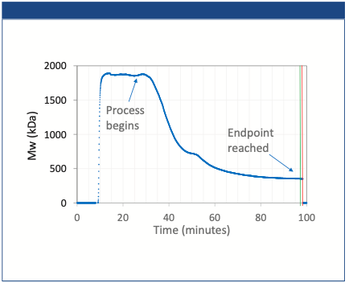
Separation of Oligonucleotides Modified with Disulphides Using YMC-Triart Bio C4
Antisense DNA and siRNA are widely used for gene silencing in research and medical applications. An effective delivery of the oligonucleotides into cells is important for clinical applications.
Antisense DNA and siRNA are widely used for gene silencing in research and medical applications. An effective delivery of the oligonucleotides into cells is important for clinical applications. As oligonucleotides are negatively charged the efficiency of the cell membrane permeability is low. Previous methods took several hours to deliver oligonucleotides to cytoplasm. Oligonucleotides modified with low-molecularâweight disulphide groups at their terminal residues reached the cytoplasm in 10 min as a result of disulphide exchange reactions with the thiol groups on the cell surface (1).
Due to the hydrophobic character of the disulphide units, a less hydrophobic stationary phase is necessary for the analysis of the modified oligonucleotides. Even C18 columns with lower hydrophobicity achieve poor peak shapes. Also, the target disulphide modified oligonucleotides are not completely eluted. In this application good peak shapes are achieved using the less hydrophobic, widepore YMC-Triart Bio C4 column. The disulphide modified oligonucleotides were analyzed using 50 mM TEAA buffer–acetonitrile and acetonitrile as eluents at an elevated temperature of 50 °C.
Reference
- Z. Shu et al., Angew. Chem.131, 6683–6687 (2019).
YMC Europe GmbH
Tel.: +49 2064 4270
E-mail:
Website:
Newsletter
Join the global community of analytical scientists who trust LCGC for insights on the latest techniques, trends, and expert solutions in chromatography.


